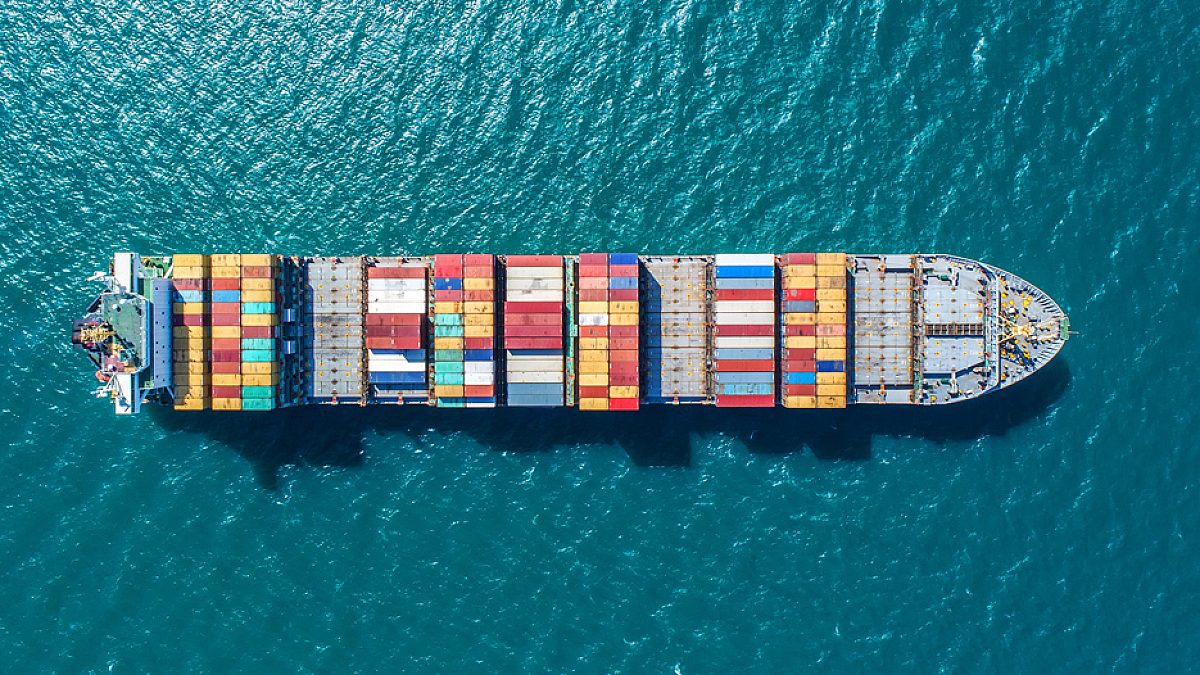More Trade Agreements Needed for Agriculture
TOPICS
TradeZippy Duvall
President

photo credit: Getty Images
Zippy Duvall
President
Last week, I was standing on the edge of a river outside Minneapolis. The water flowing past would travel another 1,854 miles to the Gulf of Mexico. Along the way, it helped move barges loaded with millions of tons of grains, oil, coal, fertilizers, chemicals, and rock essential to businesses across the country and beyond. Of course, I’m talking about the Mississippi River, which is navigable by barge from Minneapolis to the river’s end at the Gulf of Mexico.
This river system, and many others like it, provide an efficient and cost-effective way to export and import commodities and goods. For example, 60% of all the grain U.S. farmers export travels on the Mississippi River. I’ve visited facilities all along the Mississippi, from Minneapolis to export facilities near Baton Rouge. Along the way, I have spoken with farmers and ranchers who rely on international trade for their livelihoods.
When I was in Minnesota last week, I was joined by several state Farm Bureau presidents who belong to our trade advisory committee. We spoke with many stakeholders who, like farmers and ranchers, rely on trade. We discussed needed infrastructure improvements along our river and rail networks and at ocean ports. We also discussed food security and the need for more trade agreements with countries around the world so farmers and ranchers have access to more markets and can compete on a level playing field.
Our mission as farmers and ranchers is to raise a safe and sustainable source of food, fiber and renewable fuels for families here at home and around the world.
The war in Ukraine has reminded us just how fragile and connected our food system is. While experts do not expect food shortages in the U.S., less fortunate countries have struggled since losing access to agricultural products from Ukraine. And we’re concerned about getting access to the supplies we need for the next growing season to make fertilizers that are crucial to helping U.S. farmers maintain, and potentially increase, the amount of food we can produce.
As we think about how to prevent crises and work to increase global food security, trade agreements can go a long way to help. By establishing new relationships in many different countries, we can increase the options for consumers and help mitigate shortages if one supplier can’t deliver. And U.S. farmers and ranchers have shown they can compete and win in any market when we’re given fair opportunity. We deliver a superior product, and consumers in other countries seek out the “Product of the USA” label.
A few months ago, the Biden administration announced a new Indo-Pacific Economic Framework to shift focus to Asia and combat China’s influence. While we welcome the attention to Asian markets, why isn’t the administration pursuing a full trade agreement to increase market access and reduce tariffs? And why are there no new trade agreements in the works elsewhere? Other countries are running laps around us with new agreements that will give them strategic advantages. The administration is simply moving too slowly to expand global opportunities for America’s farmers, ranchers, and businesses.
Our mission as farmers and ranchers is to raise a safe and sustainable source of food, fiber and renewable fuels for families here at home and around the world. New trade agreements are essential to fulfilling our mission. And they aren’t just about moving goods. They help build inter-country relationships, which can be key to resolving disputes and building alliances. Bottom line: it’s time for our government to step up the pace and focus on trade negotiations.
Zippy Duvall
President
Vincent “Zippy” Duvall, a poultry, cattle and hay producer from Greene County, Georgia, is the 12th president of the American Farm Bureau Federation.
Trending Topics
VIEW ALL